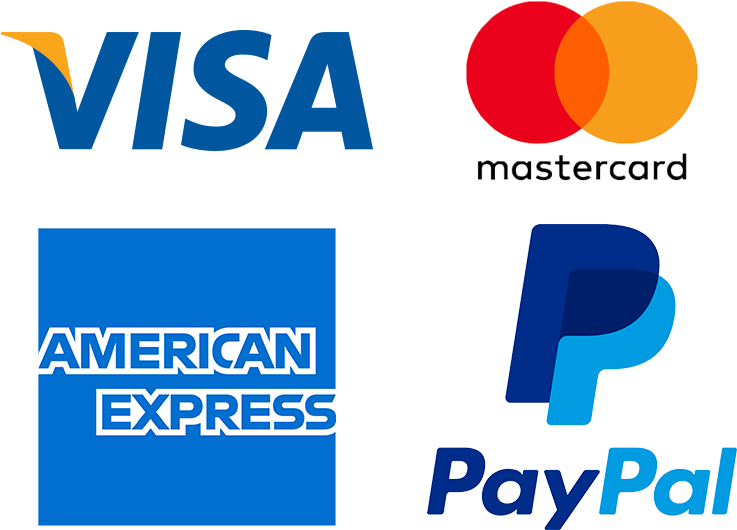Compare and contrast the transport planning models for passenger and freight transport.
This may require you to do additional research in the online Library or Internet.
Freight transportation supports a variety of activities such as trade, production and
consumption. Transportation has to be timely and efficient so that all these crucial activities
take place efficiently. Economic efficiency and quality of service are the major factors that
influence the performance of this industry. The increased regulations and restrictions have made this industry even more competitive than before. Such activities have affected the
operations of the freight industry. The organization of the freight industry has been affected by
environmental concerns as well. Thus, the evolution of this industry has largely been
affected by the modification of technology (Crainic & Laporte, 1997).
These are models that focus on providing and financing of the assets needed in
transportation. The planning models seek to address specific problems to facilitate transport.
Planning passenger transport involves the passenger’s independent decision on destination and
the transport mode. Passengers transport gives a major focus on convince of the means
of transport considering how easy it is access the means of transport.
The security of the passenger ensures that means used is safe and there is no likely hood
of an accident to happen. A passenger’s comfort is considered in planning because many
passengers prefer to travel when they are relaxed. This enables a particular mode of transport to
attract many passengers as their demand and preferences are meet. Pricing in passenger
transport is important because it depends on a passenger’s financial status and ability to pay
(Ortúzar & Willumsen, 2014).
This mode of transport is the process through which commodities, cargo and
merchandised goods are moved from one place to the other. The transportation is mostly
associated with the use of tracks that are of various size depending on the cargo and have low
maneuverability. These trucks are noisy and highly pollute the environment.
The freight transport mainly depends on the logistic company with the delivery
responsibility. The company decides on where the cargo will be deliver, routes to be used and
takes care of the transport cost which the owner of the cargo later reimburses. This means
that the freight is managed from the origin of to the destination. With this planning, it is done by
focusing on the travel speed required to deliver and rate at which the truck is likely to crush.
Validation and calibrations have to be done to compare whether the transport observed
the set traffic and is suit to transport the type of cargo. Traffic conversion is essential as the tons
of weight a cargo has is converted to trips a truck will take to deliver the cargos content. Goods
in freight transport goods are organized in a systematic manner to ensure minimum space is used

